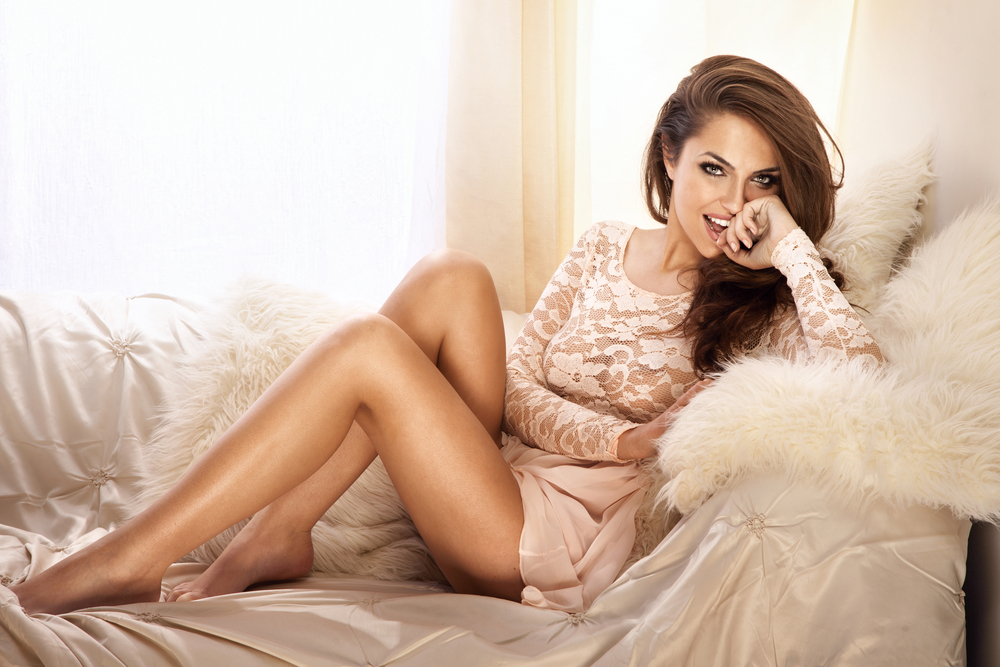
When we think of the glamorous world of fashion, the image of a confident model gracefully strutting down the runway or striking a pose in a high-end photoshoot instantly comes to mind. Modeling is an art form that has the power to transcend boundaries, inspire creativity, and transform the way we perceive fashion. In this article, we will delve into the world of modeling , exploring its evolution from the runway to everyday fashion in captivating photoshoots.
The Runway: Where It All Begins
The runway serves as the birthplace of every fashion trend. It is the platform where designers showcase their latest collections, and models bring their vision to life. Models, who often become the embodiment of a designer's artistic expression, work alongside stylists, hair and makeup artists, and photographers to create a visually stunning experience for the audience.
Walking down the runway requires more than just putting one foot in front of the other. Models must possess a unique blend of confidence, grace, and presence. Their job is not just about displaying clothes; it is about telling a story. Through their movements, facial expressions, and body language, models breathe life into the garments they wear, creating an emotional connection with the audience.
From the Runway to the Photoshoot
While the runway remains an integral part of the fashion industry, the rise of social media and online platforms has revolutionized the way fashion is communicated. Photoshoots have become a vital medium through which designers, brands, and even influencers promote their creations.
Photoshoots allow for more creativity and experimentation compared to the constraints of a runway show. Models become the canvas upon which photographers and stylists paint their artistry. Every photoshoot has a unique concept, mood, and narrative that aims to evoke specific emotions. Models must adapt to these various themes and bring their own interpretation, breathing life into the images captured on camera.
The art of modelling in photoshoots is not limited to high-end fashion magazines or advertisements. It has also found its way into everyday fashion. Brands of all sizes now recognize the power of visually appealing images as a means to captivate their audience and generate engagement. Whether it's a local boutique showcasing their latest collection or an online retailer featuring new arrivals, the inclusion of models in photoshoots has become the norm.
Modeling: An Expression of Diversity and Inclusivity
One of the most significant shifts in the modeling industry over the years is the push for diversity and inclusivity. Gone are the days when a singular standard of beauty prevailed. Today, models of all ethnicities, body types, and genders are breaking barriers and redefining beauty standards.
Inclusive modeling allows individuals to see themselves represented in the fashion world, fostering a sense of belonging and confidence. Photoshoots have become a powerful platform for celebrating diversity and challenging societal norms. Models are no longer confined to a size zero; instead, they embrace their unique features and use them to tell their own story.
The Impact of Modeling on Society
Models have the ability to influence society's perception of beauty, fashion, and even social causes. Their influence extends beyond the runway and photoshoots, as they become ambassadors for brands and advocators for important causes. By aligning themselves with specific values and campaigns, models use their platform to resonate with their audience on a deeper level.
Moreover, modeling serves as an inspiration to many aspiring individuals who see it as a gateway to a world of creativity and self-expression. It empowers those who yearn to break free from societal expectations and pursue their dreams.
Frequently Asked Questions
Q1: Is professional modeling only limited to high-end fashion brands and magazines?A1: No, professional modeling has become more inclusive and accessible, with models being featured in photoshoots for everyday fashion brands and online retailers as well.
Q2: How can one become a model?
A2: While the path to becoming a model varies for everyone, building a portfolio, attending casting calls, and networking within the industry are some common steps one can take.
Q3: Are there any age restrictions for modeling?
A3: The modeling industry embraces individuals of various ages. From child models to mature models, age is not necessarily a limiting factor.
Q4: How can modeling promote diversity and inclusivity?
A4: Modeling has the power to challenge traditional beauty standards by celebrating diversity in terms of ethnicity, body type, and gender, allowing individuals to feel represented and accepted.
Q5: Can modeling be a platform to raise awareness about social causes?
A5: Absolutely. Many models align themselves with specific campaigns and use their platform to spread awareness about important social causes and issues.
In conclusion, modeling has evolved from the exclusive domain of high-end fashion to a diverse realm that encompasses everyday fashion and promotes inclusivity. From the runway to captivating photoshoots, models breathe life into fashion, tell stories, and inspire us to embrace our own uniqueness. The art of modeling continues to shape the industry and challenge societal norms, empowering individuals to break barriers and redefine beauty standards.
Other useful resources
- https://www.planetmodelphoto.com/models/modeling/usa/charlotte/nc-north-carolina
- https://en.wikipedia.org/wiki/Category:Models_by_modeling_agency
- https://www.planetmodelphoto.com